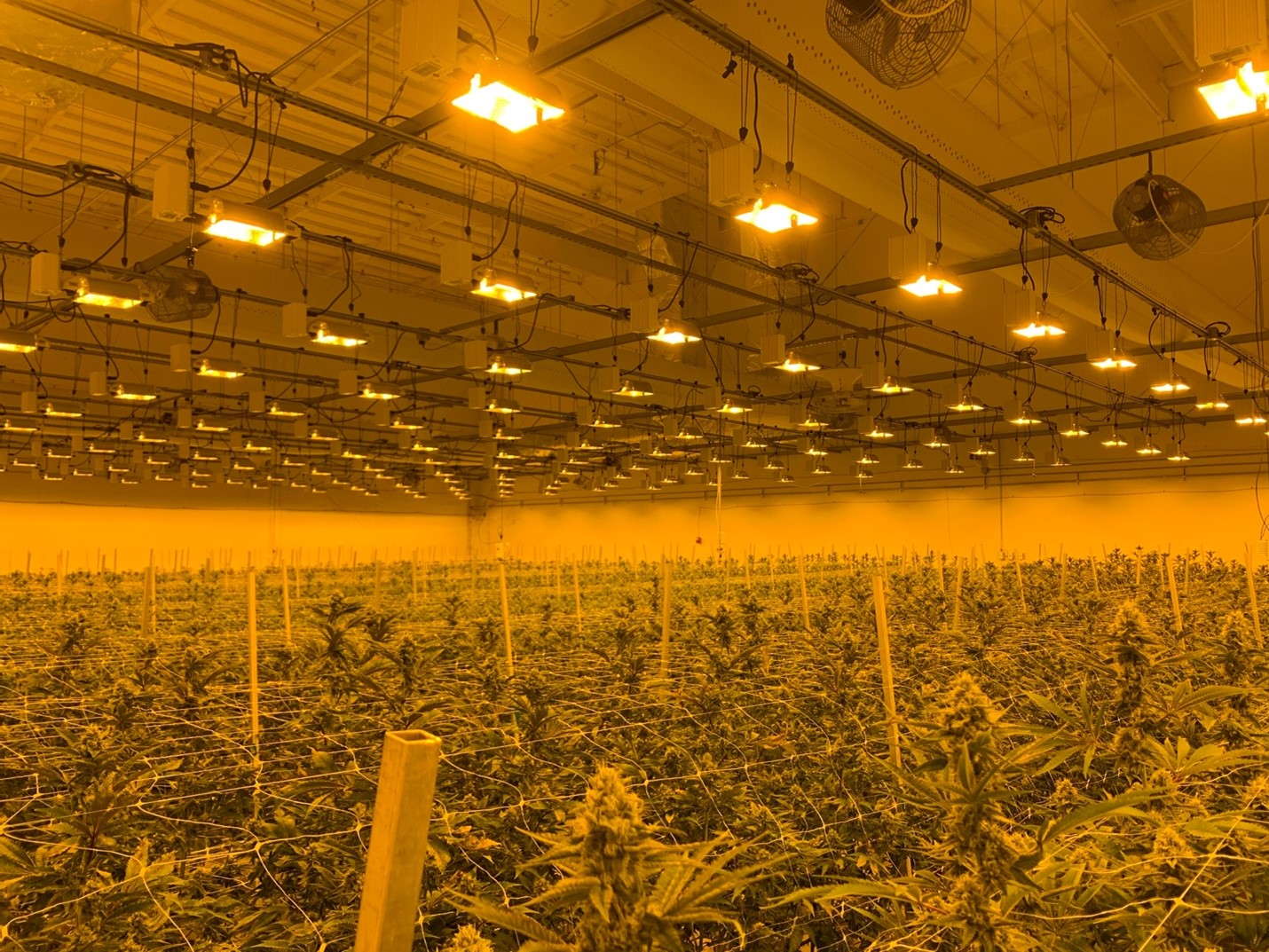Project Info
COMPLETE
 Project Title
Project Title
 Project Title
Project Title
Controlled Environment Horticulture: Energy Consumption and Environmental Control Field Study
Project Number CR22PGE0101-1 Organization PG&E End-use HVAC, Process Loads Sector Agricultural, Industrial Project Year(s) 2022 - 2024Description
PG&E’s Code Readiness team conducted field research at two indoor cannabis facilities in Sacramento, California, to gather data on system operational energy use and thermal loads in controlled environment horticulture (CEH) facilities. The research focused on CEH production spaces, including fertigation, vegetative, flowering, and drying rooms. This report presents an analysis of the collected data and characterizes the thermal loads and energy consumption of these spaces. The findings aim to identify opportunities for reducing electrical demand and improving HVAC efficiency in CEH facilities, as well as to inform potential future energy efficiency requirements for Title 24, Part 6.
Key findings and recommendations of this project include:
- HVAC energy use is one of the largest energy end-uses in CEH facilities, consisting of around 45% of facility energy use (240 kBtu/sf/yr average), about 10 times higher than a typical commercial building.
- Compressor energy for sensible and latent cooling makes up the majority of HVAC energy and presents the largest opportunity for energy savings.
- Flower rooms make up 86% of energy use and have the highest energy use intensity (760 kBtu/sf/yr average) of all the room types in the CEH facilities studied.
- Flower room thermal loads vary greatly throughout the grow cycle, driven mainly by latent cooling load from evapotranspiration.
- Reheat loads after cooling-based dehumidification can be significant, but heat recovery systems like hot gas reheat can meet these loads without the need for additional heating energy.
- The flower room HVAC system's ability to modulate to meet environmental setpoints significantly affects both crop production and energy use. Metrics like energy input per crop yield (kWh/lb) better characterize facility efficiency than energy input alone.
- Variable capacity HVAC systems in CEH facilities could save approximately 9.6 GWh/yr statewide in California.
- 70% of water use in CEH facilities is transpired to the room and ends up as HVAC condensate, presenting a significant reuse opportunity, estimated at 17.8 million gal/yr statewide in California.
- Stand-alone dehumidifiers in cannabis facilities operate at 40-65% of their rated efficiency due to deviation from Department of Energy standard testing conditions.
- Additional research is recommended to collect more field data on CEH facility types, variables, and crop types to validate and refine the flower room thermal load model.
Project Report Document
Loading PDF Preview...
